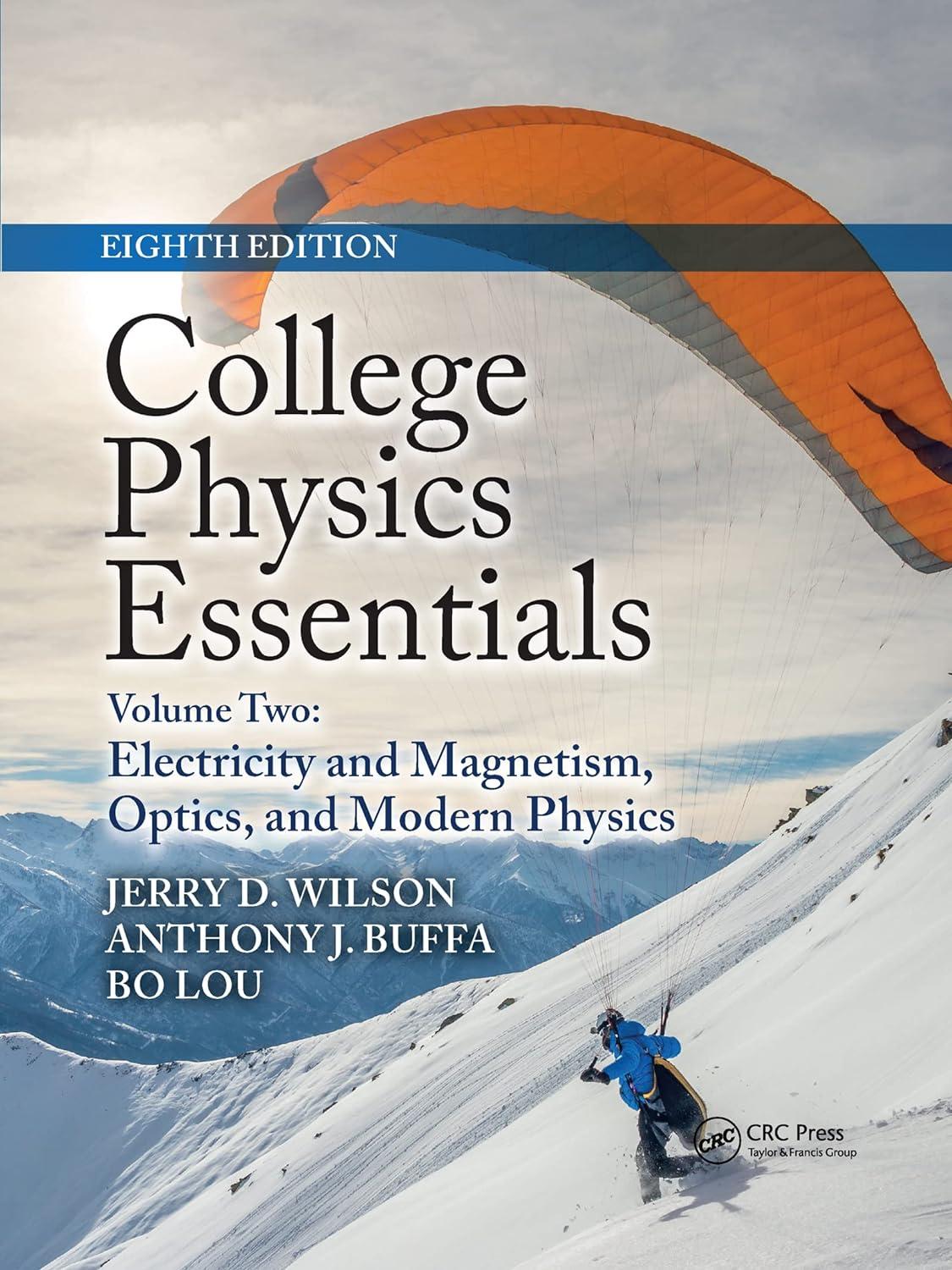For each of the given vectors, give a vector that, when added to it, yields a null
Question:
For each of the given vectors, give a vector that, when added to it, yields a null vector (a vector with a magnitude of zero). Express the vector in the form other than that in which it is given (component or magnitude- angle):
(a) \(\overrightarrow{\boldsymbol{A}}=4.5 \mathrm{~cm}, 40^{\circ}\) above the \(+x\)-axis;
(b) \(\overrightarrow{\mathbf{B}}=(2.0 \mathrm{~cm}) \hat{\mathbf{x}}-(4.0 \mathrm{~cm}) \hat{\mathbf{y}}\);
(c) \(\overrightarrow{\mathbf{C}}=8.0 \mathrm{~cm}\) at an angle of \(60^{\circ}\) above the \(-x\)-axis.
Fantastic news! We've Found the answer you've been seeking!
Step by Step Answer:
Related Book For 

College Physics Essentials Electricity And Magnetism Optics Modern Physics Volume Two
ISBN: 9781032337272
8th Edition
Authors: Jerry D. Wilson, Anthony J. Buffa, Bo Lou
Question Posted:






